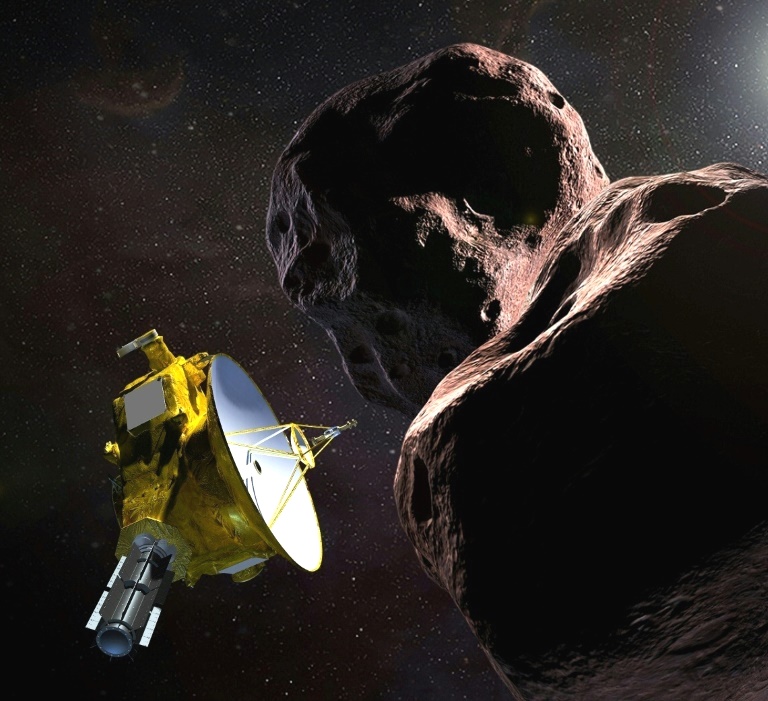Washington: NASA’s New Horizons spacecraft is inching closer to creating history once again as it approaches for a close encounter of the ancient Kuiper Belt object 2014 MU69 – nicknamed Ultima Thule – on New Year’s Day.
The Ultima flyby January 1 will be the first-ever close-up exploration of a small Kuiper Belt object and the farthest exploration of any planetary body in history, shattering the record New Horizons itself set at Pluto in July 2015 by about one billion miles, according to NASA.
“NASA’s New Horizons spacecraft is on track to perform the farthest flyby in history, when it zips past a Kuiper Belt object nicknamed Ultima Thule – more than four billion miles from Earth – at 12:33 a.m. EST on January 1,” the Johns Hopkins University Applied Physics Laboratory said in a statement on Sunday.
Located in the Kuiper Belt, Ultima Thule means “beyond the known world“.
The New Horizons flyby of Ultima Thule is expected to help scientists better understand what conditions were like when our solar system formed billions of years ago.
The spacecraft would fly about three times closer to MU69 than it did to Pluto in July 2015.
New Horizons extended mission also includes observations of more than two-dozen other Kuiper Belt objects, as well as measurements of the plasma, gas and dust environment of the Kuiper Belt.
The partial US government shutdown will not impact broadcast of New Horizons live events on NASA Television or its social media updates as the contract for these activities was “forward funded”.
“Need some space to ring in the new year? @OSIRISREx will go into orbit around Bennu and @NASANewHorizons will fly by #UltimaThule this #NYE2019. Watch both events live: https://www.nasa.gov/nasalive,” NASA Administrator Jim Bridenstine tweeted on Saturday.
NASA’s first asteroid sampling spacecraft Origins, Spectral Interpretation, Resource Identification, Security-Regolith Explorer (OSIRIS-REx) arrived at asteroid Bennu on December 3.
Bennu will become the smallest planetary object ever orbited by a spacecraft when OSIRIS-REx begins orbiting it for the first time on on New Year’s Eve.
IANS
Also Read:
